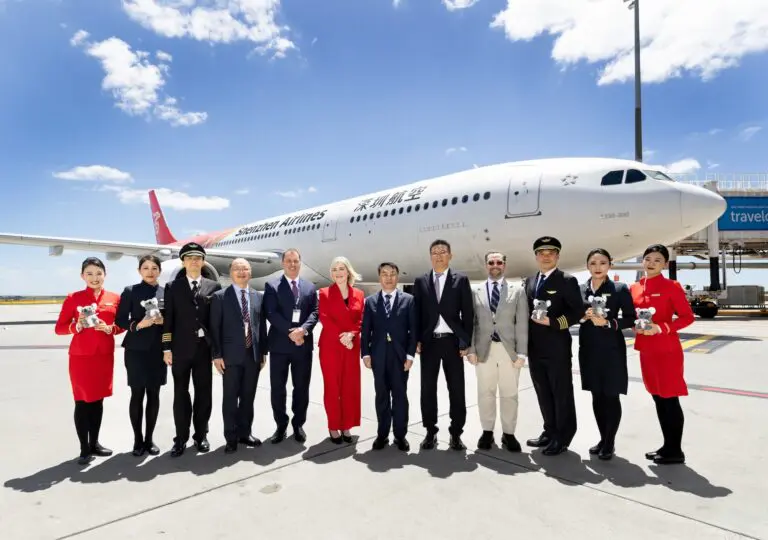Brisbane Airport Corporation (BAC) is full speed ahead, forward planning for the future for a potential Terminal 3 to accommodate the estimated 50 million passengers expected to pass through Brisbane Airport (BNE) by 2040.
To cater for this demand, BAC is consulting with airline partners about the shape and location of a future Terminal 3 for BNE.
Location, location
BAC CEO Gert-Jan de Graaff said BNE is running out of terminal capacity, particularly for domestic flights.

“We’re looking at the best location, together with our airline partners, for where that new terminal will go. We think it will be in between the two runaways because that’s the perfect location to minimise aircraft taxiing, and it is close to our current domestic terminal,” he said.
“We need more domestic capacity to cater for demand. A few of our domestic airlines will likely go into Terminal 3. We might even allocate some international traffic in there as well to provide for better connectivity between domestic and international flights.”
BAC is also planning to invest more than $5 billion in the next 10 years to upgrade both existing terminals, create extra car parking, develop a regional aeromedical hub, expand Skygate and DFO amenities and build more freight facilities.
Future-proof and sustainable
As Brisbane prepares to host the Summer Olympics and Paralympics in 2032, Mr de Graaff said the new terminal will be a state-of-the-art facility, specifically built for the 2030s.
“Sustainability will be front and centre, as well as accessibility. We know that come 2032, Brisbane Airport will provide the first and last impression for all Olympic and Paralympic visitors and we take that responsibility very seriously.”
BNE has set its sights on being Australia’s most sustainable airport, bringing forward its net-zero emissions target by 25 years with robust plans to improve the planet.
To achieve its net-zero goal by 2025, BAC has committed to transition to 100 per cent renewable energy, purchase all-electric fleet vehicles and develop an onsite carbon removal project within its Biodiversity Zone.
BNE has also allocated 285 hectares to preserve and maintain biodiversity on-site and act as an improved carbon removal asset.
BNE connecting Queensland
BNE is a uniquely positioned hub, flying to 53 Australian destinations – more than any other airport. It’s also well-positioned as a gateway for flights from North America and South-East Asia.
Around 60,000 people rely on the airport daily for leisure, medical, business and FIFO travel.
BNE is also a critical cog in Queensland’s $23 billion tourism economy, which employs one in 12 people. The airport currently has 24,000 workers with 10,000 onsite jobs to be created in the next decade.
The BNE Careers Expo in September 2022 launched a recruitment drive for 2,000 airport roles.
For more info, head to bne.com.au





